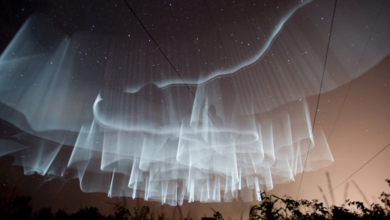Pollution Prevention (P2): Safeguarding Our Planet from the Source
Pollution Prevention (P2), illustrated as an inverted triangle, signifies the most effective approach to environmental stewardship. It spans from the most preferable action, pollution prevention (source reduction), through reuse, recycling, treatment, and finally, disposal or release. At its core, P2 is the practice of curtailing, eradicating, or thwarting pollution at its inception, before it materializes.
Aligned with the EPA Waste Management Hierarchy, P2, also termed “source reduction,” stands apart from recycling, treatment, and disposal methods. This proactive method is not only environmentally superior but often more cost-effective. It trims the creation of pollution at its roots, resulting in reduced impacts on human health and the ecosystem.


P2 encompasses diverse sectors including energy, agriculture, industry, and consumer domains. Its significance in safeguarding critical ecosystems, like wetlands and groundwater sources, is particularly pronounced. Within the energy sector, P2 orchestrates:
- Enhanced energy efficiency
- Adoption of ecologically benign fuel sources
In agriculture, P2 embodies practices such as:
- Reduced water and chemical inputs
- Adoption of eco-friendly pesticides and crop strains
- Protection of delicate areas
The industrial realm sees P2 in action through:
- Process modifications to limit waste
- Deployment of non-toxic chemicals
- Water and energy conservation
- Material reuse to thwart waste generation
Even in households and schools, P2 shines by:
- Embracing reusable items over disposables
- Practicing energy-efficient habits
- Addressing leaks promptly
- Opting for environmentally-friendly cleaners
Pollution prevention’s essence lies in its dual impact: mitigating financial and environmental costs. By preserving natural resources and bolstering economic growth, it ensures sustainable progress for industries and communities alike. Pollution prevention is more than a strategy; it’s a responsibility to secure a greener, healthier future.
source : click






I don’t think the title of your article matches the content lol. Just kidding, mainly because I had some doubts after reading the article.